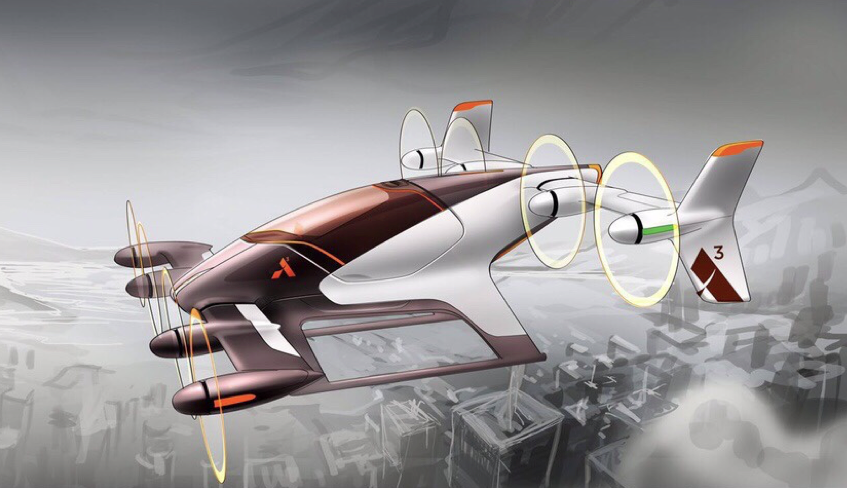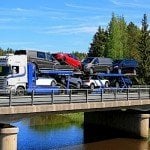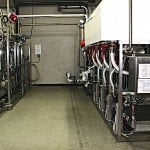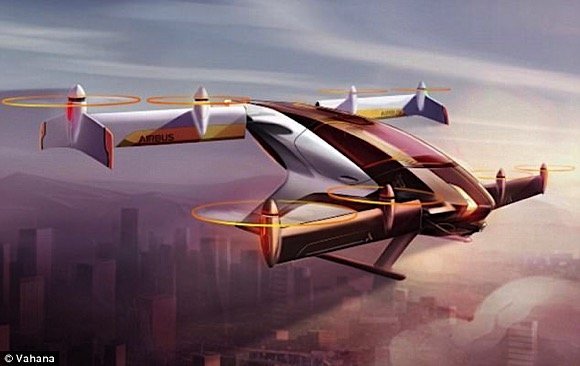
We may be a couple of years behind schedule according to the Back to the Future series, but it appears that flying vehicles are now a thing. Airbus recently announced a series of successful test flights of their electric, self-flying vehicle, the Vahana. The company is producing these vehicles with the hopes that they will be able to provide the next generation of ride-hailing services.
The vehicles were tested in the U.S. state of Oregon. The test flights included lifting five metres off the ground for just under a minute. The Vahana, weighing in at approximately 725 kilograms, is propelled by eight rotors, which enable vertical takeoff and landing. The first test was conducted on Wednesday, January 31st. The second test flight occurred on Thursday, February 1st, during which additional testing consisted of forward flight.
The vehicle, which is designed to carry one passenger during autonomous flight, was in development for under two years. Airbus released a statement, which read in part: “Vahana aims to democratize personal flight and answer the growing need for urban mobility by leveraging the latest technologies in electric propulsion, energy storage, and machine vision.”
Following the successful test flights, Airbus CEO Rodin Lyasoff took to Twitter to make the announcement. “Two years ago, Vahana was just a lofty idea. Yesterday it flew for the first time. Thank you, @VahanaAero team, for the proudest moment of my career. Good luck, Alpha One, in your future flights.”
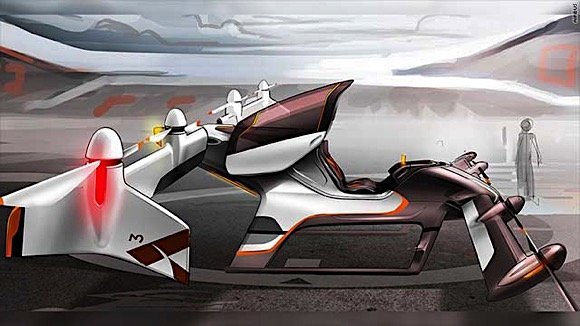
According to the company, the project began in early 2016 as one of the first projects at A³, an outpost of Airbus Group in Silicon Valley. “The aircraft we’re building doesn’t need a runway, is self-piloted, and can automatically detect and avoid obstacles and other aircraft.” The company is seeking to make the Vahana the first certified passenger aircraft sans pilot, with the ultimate goal of launching the vehicle by 2020.
“Beyond developing the vehicle itself, we’re seeking to move key technology categories forward, foster development of the regulatory regime for the certification and operation of automated aircraft, and to otherwise nurture an ecosystem that will help enable the vertical cities of the future.” The company has engaged with technologists across a variety of fields, including aerospace, software development, and operations research.
According to the website, “many of the technical and regulatory challenges to scalable, affordable flight are trending favorably…. These trends, along with the rising transportation challenges in metropolitan areas, make the case for a new generation of personal aerial vehicles.” The following were trends that were noted on the website:
- Battery safety and energy density are now adequate for airborne applications.
- Low-cost, reliable avionics are becoming broadly available, leveraging decades of unmanned aerial vehicle development.
- Mature obstacle detection and avoidance technology can enable safe aircraft takeoff and landing and provides reliable collision avoidance in flight.
- Recent advances in automated composite manufacturing and assembly show that small, lightweight vehicles can be produced at high volumes and significantly lower costs than traditional aerospace methods have previously allowed.
The Vahana team’s next goal is to achieve speeds four times faster than that of road traffic, with a flight range of about 80 kilometres. Additional uses for the vehicle could include cargo delivery, ambulatory services, search and rescue missions, and more. The sky is no longer a limit.
